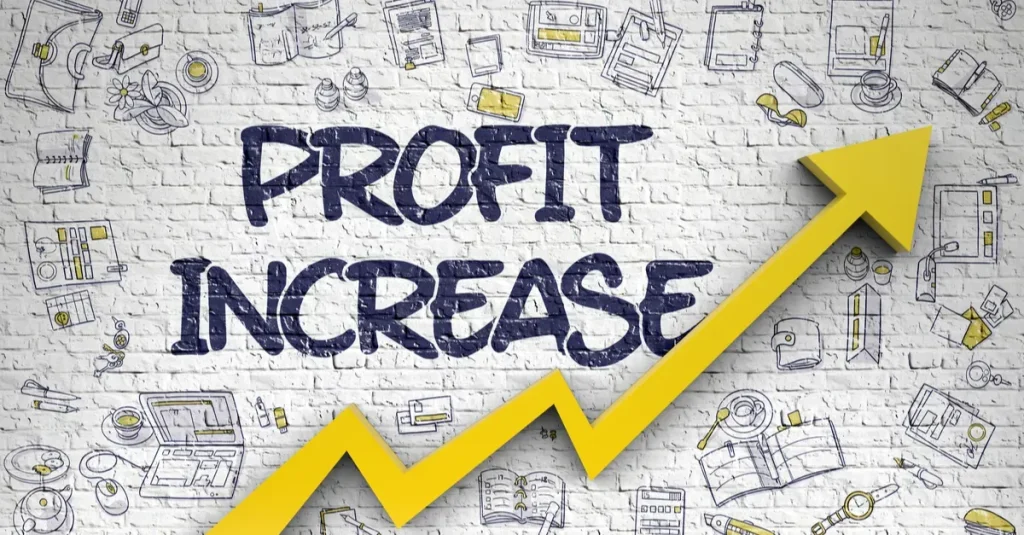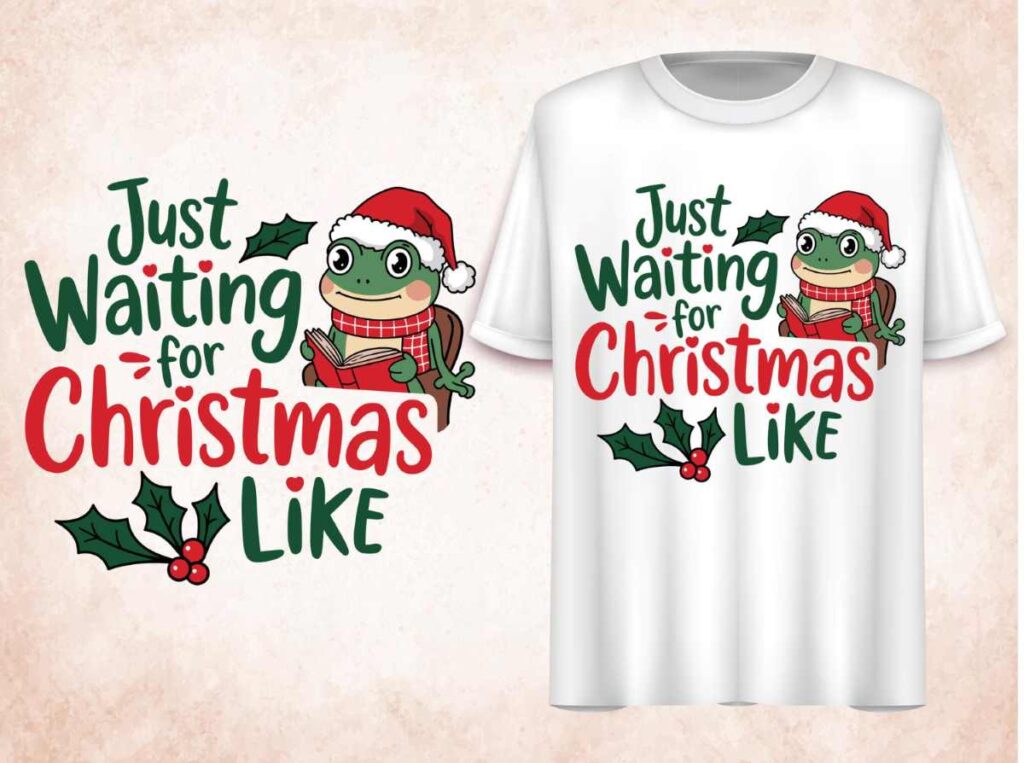To maximize profit margins in the competitive landscape of custom apparel printing, businesses are increasingly turning to innovative techniques like DTF printing (Direct to Film). This cutting-edge method not only elevates print quality but also enhances cost efficiency and scalability, ultimately allowing brands to better serve niche markets. By utilizing DTF printing, companies can create vibrant, durable designs that captivate customers and drive higher sales. Our guide will unveil various strategies to help you maximize profit margins effectively, including pricing strategies, material selections, and effective marketing techniques. Dive in and discover how to leverage DTF printing to not only meet but exceed your profitability goals.
Unlocking revenue potential in the realm of personalized clothing involves employing effective strategies that significantly elevate profit margins. Utilizing Direct to Film technology represents a breakthrough in printing that ensures exceptional design quality while streamlining operational costs. This refined approach enables manufacturers to cater to specialized markets, enhancing customer engagement and satisfaction. Furthermore, by optimizing pricing models and embracing efficient production methods, businesses can experience significant financial gains. In this discussion, we will explore how to harness these comprehensive strategies to achieve outstanding results in the custom apparel industry.
Understanding DTF Printing: A Game Changer for Custom Apparel
DTF printing, or Direct to Film printing, revolutionizes the way custom apparel is produced by allowing for intricate designs to be easily printed on various fabrics. This method utilizes a unique process that involves printing images onto a specific film, which is then transferred to fabric with a heat press. The versatility of DTF printing means it can accommodate a wide range of materials, making it an ideal choice for diverse clothing lines. Customers can expect vibrant colors and excellent detail in their apparel, which significantly enhances the print quality and overall aesthetic appeal of the products.
Moreover, the efficiency of DTF printing promotes a smooth workflow within a printing operation. Because the setup is straightforward and the turnaround time is reduced, businesses can quickly adapt to changing market demands. This real-time responsiveness, combined with high-quality output, allows companies to stand out in the custom apparel market. By investing time to understand the DTF printing process, business owners can ensure they consistently deliver fantastic products that meet their customers’ expectations.
Cost Efficiency in DTF Printing: Unlocking Profit Potential
One of the critical advantages of DTF printing is its cost efficiency, which significantly benefits startups and small businesses looking to make an impact in the custom apparel industry. Unlike traditional methods like screen printing, DTF requires lower initial investments and allows for incremental production. Companies can start with minimal inventory and produce items as orders come in. This tactic effectively reduces financial risks and helps maximize profit margins from the very beginning.
Additionally, the reduced waste aspect of DTF printing aligns with cost-efficient practices by ensuring that businesses only produce what is necessary. By lowering overhead costs associated with unsold inventory, businesses can allocate funds to improve other areas, such as marketing and quality materials. Ultimately, companies can channel their resources into strategies that enhance customer satisfaction and brand loyalty while keeping their profit margins healthy.
Maximize Profit Margins by Selecting Quality Materials
Material selection plays a critical role in the success of DTF printing and can significantly impact profitability. High-quality inks and films lead to better print quality, which translates directly to customer satisfaction. When items consistently meet consumer expectations in terms of durability and visual appeal, it fosters trust and encourages repeat purchases. Businesses that prioritize quality materials often see improved relationships with customers and a stronger market presence because satisfied clients are more likely to refer others.
Furthermore, using premium materials reduces the likelihood of issues like fading or peeling, which can be detrimental to a brand’s reputation. As businesses invest in high-grade materials, they position themselves as premium providers in the custom apparel market. By commanding higher prices for superior quality products, companies can enhance their profit margins while delivering exceptional value to their clients.
Creating a Competitive Pricing Strategy for Profit Maximization
An effective pricing strategy is crucial for maximizing profit margins in any custom apparel business. Businesses must comprehensively analyze their cost structures, including materials, labor, and overhead, to set profitable yet competitive prices. This analysis can reveal opportunities for bundling products or creating package deals, which can drive volume sales and heighten customer engagement, effectively amplifying profit margins while appealing to budget-conscious consumers.
Additionally, understanding what competitors charge for similar custom apparel is vital. By positioning their prices strategically, businesses can attract customers who may be willing to pay a premium for higher quality or unique offerings. Balancing competitive pricing with outstanding product quality ensures that the value proposition is clear to potential buyers, ultimately securing a loyal customer base that contributes to sustained profitability.
Targeting Niche Markets for Enhanced Profitability
Identifying and targeting niche markets is one of the most effective strategies for increasing profit margins in the custom apparel sector. Businesses can focus their efforts on specialized audiences, such as schools, sports teams, or corporate clients, tailoring their offerings to meet specific needs. By embracing these niche markets, companies can assert themselves as experts in these areas, allowing them to charge premium prices without the price sensitivity often seen in broader market segments.
Niche marketing also helps businesses establish a strong brand identity and allows for more effective marketing strategies. By understanding the unique demands of these target groups and providing personalized solutions, companies can foster customer loyalty and repeat business. Higher customer satisfaction translates into recurring revenue and enhanced profit margins, emphasizing the importance of targeted marketing initiatives within the custom apparel landscape.
Scaling Your DTF Printing Business for Long-term Success
Scalability is an essential element for businesses aiming to maximize their profit margins over time. DTF printing allows for scaling operations as demand grows, making it possible for businesses to expand their offerings while maintaining print quality. Although investing in industrial DTF printers involves higher initial costs, these machines produce higher volumes at a lower per-unit cost in the long run. This aspect of scalability can significantly improve profit margins as sales volume increases.
Additionally, by establishing a flexible production process and remaining adaptable to shifts in market trends, businesses can sustainably grow their operations. As companies implement scalable systems in their DTF printing processes, they will not only improve efficiency but also position themselves competitively in the market. A focus on scalability ensures profitability while allowing brands to thrive amidst changing conditions in the custom apparel industry.
Frequently Asked Questions
How can DTF printing help maximize profit margins for custom apparel businesses?
DTF printing allows for high-quality prints with low setup costs, which is ideal for startups looking to maximize profit margins. This method reduces waste by enabling on-demand production, ultimately enhancing profitability.
What materials should I choose to maximize profit margins in DTF printing?
Selecting high-quality inks and films is crucial for maximizing profit margins in DTF printing. Quality materials improve print quality and customer satisfaction, leading to repeat business and increased profits.
What pricing strategies can help maximize profit margins for custom apparel using DTF printing?
To maximize profit margins, analyze competitors’ prices and include all costs in your pricing strategy. Consider offering bundled products or special discounts to boost sales volume while ensuring your prices reflect product quality.
How do niche markets impact profit margins in DTF printing?
Targeting niche markets, such as custom apparel for schools or corporate branding, can significantly enhance profit margins in DTF printing. These specialized offerings often command higher prices due to their tailored nature.
What scalability options exist to maximize profit margins in DTF printing?
Investing in industrial DTF printers can facilitate scalability, reducing per-unit costs as demand increases. This scalability allows businesses to maximize profit margins by producing larger quantities more efficiently.
What marketing strategies can help maximize profit margins for DTF printing products?
Effective marketing strategies, such as utilizing social media and SEO optimization, are essential for maximizing profit margins. Engaging with customers through loyalty programs and showcasing high-quality prints can enhance brand loyalty and drive sales.
| Key Area | Details |
|---|---|
| Understanding DTF Printing | DTF printing offers high-quality prints with vibrant colors and durability by printing onto special film and transferring designs using heat. |
| Cost Efficiency | Low setup costs and the ability to print on-demand allow businesses to reduce waste and respond quickly to market trends. |
| Material Selection | Using high-quality inks and films improves print quality and customer satisfaction, leading to repeat business. |
| Pricing Strategy | Implementing competitive pricing and offering packages can amplify profit margins while reflecting product quality. |
| Targeting Niche Markets | Focusing on specific markets like schools and corporate branding can justify higher prices and increase profitability. |
| Scalability | As demand grows, investing in industrial DTF printers can lower per-unit costs, enhancing profit margins. |
| Marketing and Customer Engagement | Effective marketing via social media and engaging customers through loyalty programs can increase visibility and retention. |
Summary
To maximize profit margins with DTF printing, businesses must leverage a variety of strategic approaches. Understanding the intricacies of the DTF process itself is crucial, as it ensures high-quality outputs that attract customers. Cost efficiency emerges as a significant benefit, allowing companies to operate with lower initial investments and minimal waste. Material selection plays a vital role too, where premium resources can yield better products, leading to greater customer satisfaction and loyalty. Furthermore, a thoughtful pricing strategy is essential; it should balance competitiveness while accurately reflecting the quality of offerings. Identifying and catering to niche markets can further enhance profitability, as these segments often tolerate higher price points for specialized products. The ability of DTF printing technology to scale operations efficiently also aids in sustaining growth and profitability over time. Finally, robust marketing efforts are required to keep customers engaged and drive repeat business. Implementing all these elements effectively ensures that businesses are well-positioned to maximize profit margins in the dynamic landscape of custom apparel printing.



